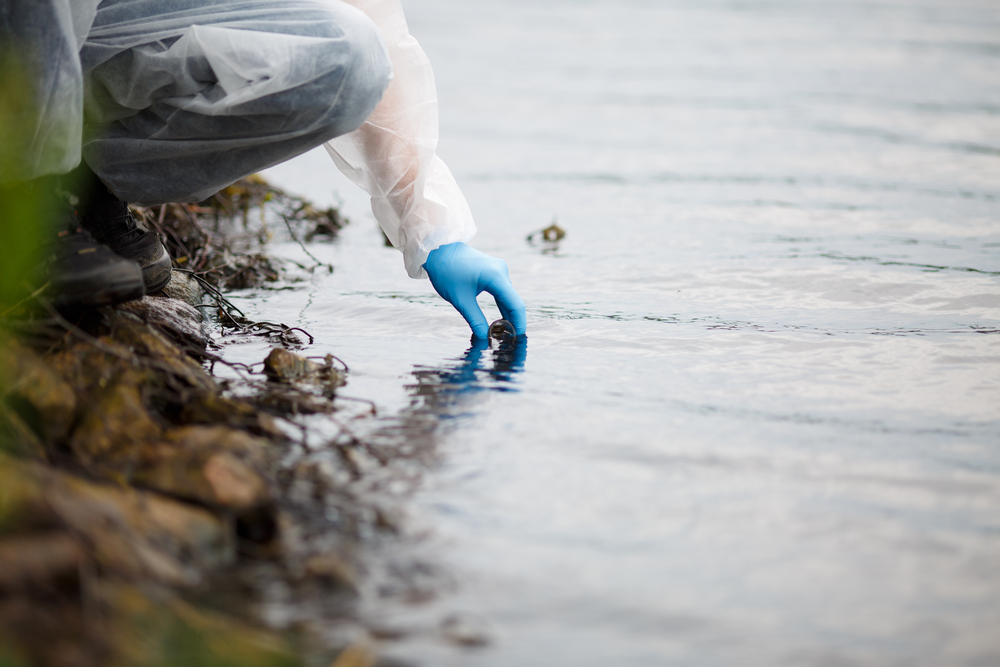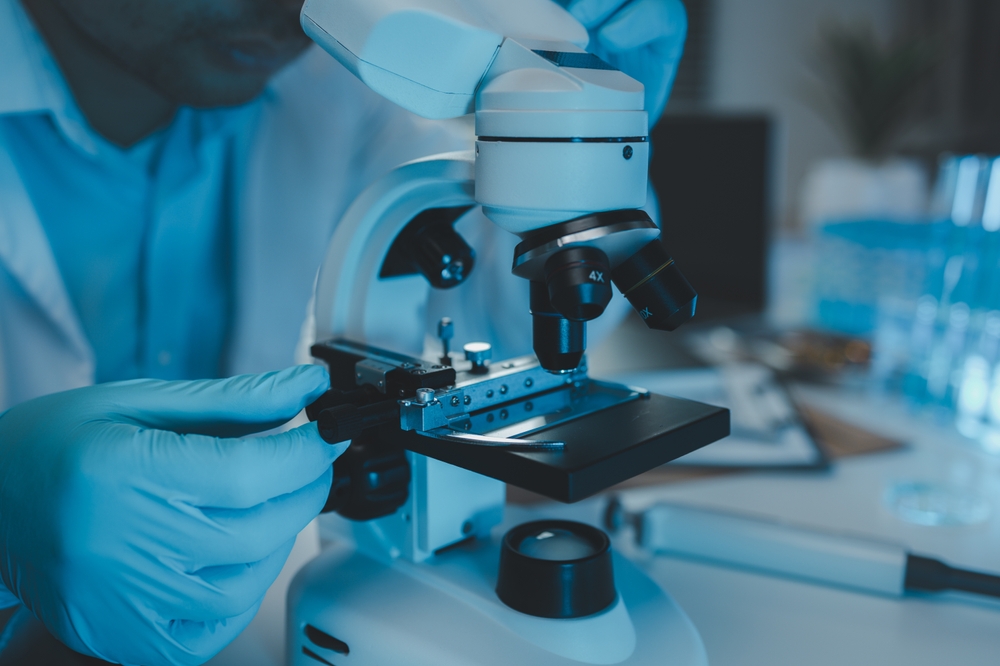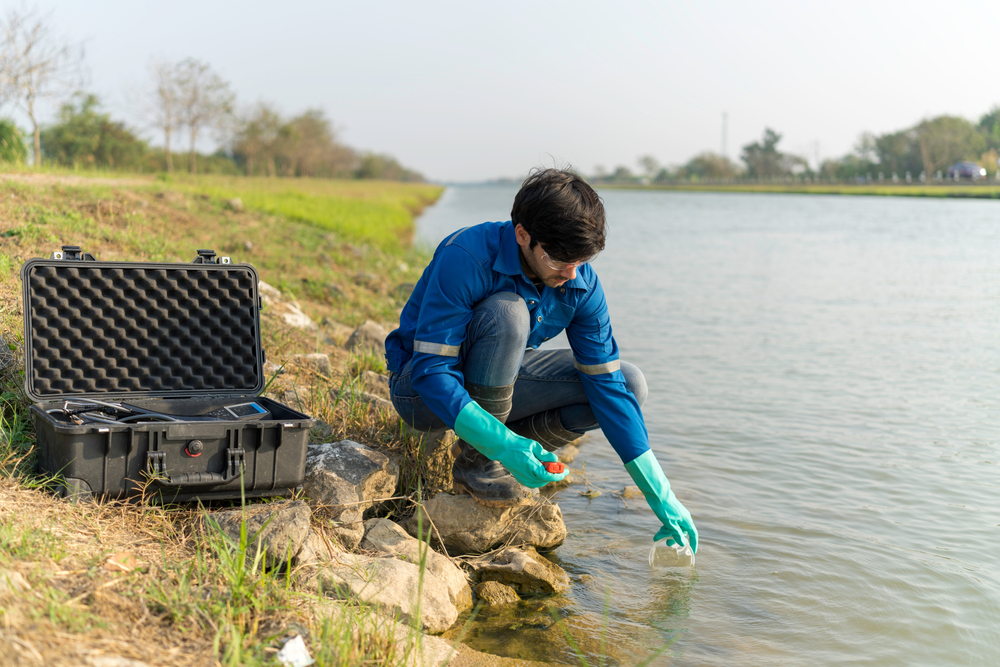
3D-Printed Isothermal Real-Time RNA Amplification Device with Raspberry Pi-based Multi-Channel Fluorescence Detection
Discover how a 3D-printed, Raspberry Pi-based device revolutionizes isothermal RNA amplification with precise, real-time multi-channel fluorescence detection, offering a cutting-edge tool for molecular diagnostics.
Water quality degradation is a growing environmental crisis with far-reaching implications for ecosystems, public health, and global water resources. Pollutants from industrial activities, agricultural runoff, and urbanization are increasingly contaminating water bodies, leading to the proliferation of harmful pathogens, toxins, and other pollutants. These contaminants pose significant threats to aquatic life and human populations, particularly in regions where water sources are already under stress. Despite the urgency of these issues, traditional water monitoring methods are often slow, resource-intensive, and inadequate for providing real-time data, hindering effective response and management.
The AquaBioSens program is dedicated to addressing these critical challenges by developing advanced technologies that enable more efficient and accurate water quality monitoring. In this context, BIOPIX-T plays a pivotal role by providing a cutting-edge solution that significantly enhances the program’s capabilities. BIOPIX-T specializes in creating innovative devices that integrate isothermal real-time RNA amplification with multi-channel fluorescence detection, tailored specifically for the AquaBioSens program. These devices are designed to provide rapid, on-site analysis of water samples, allowing for timely detection of a wide range of waterborne pathogens and pollutants.
One of the most pressing environmental problems addressed by the AquaBioSens program is the timely detection and monitoring of pathogenic microorganisms and chemical pollutants in water bodies. Traditional methods, which often require samples to be sent to laboratories for analysis, are time-consuming and labor-intensive, resulting in delays that can exacerbate environmental and public health risks. The BIOPIX-T device offers a revolutionary solution to these challenges by enabling real-time, on-site analysis. Utilizing isothermal RNA amplification, the device can detect specific RNA sequences associated with pathogens or pollutants at a constant temperature, significantly reducing the complexity and time required for accurate results.
Moreover, the BIOPIX-T device incorporates multi-channel fluorescence detection, which allows for the simultaneous monitoring of multiple contaminants within a single water sample. This capability is particularly crucial for the AquaBioSens program, as it enables comprehensive assessments of water quality, detecting a variety of threats, including bacteria, viruses, and toxic algae, in one testing session. The device’s Raspberry Pi-controlled system ensures ease of use, with customizable settings that can be adapted to the specific needs of different water monitoring scenarios.
The portability and affordability of the BIOPIX-T device further enhance its suitability for the AquaBioSens program. The 3D-printed design makes the device lightweight and easy to transport, allowing field teams to conduct water quality assessments even in remote or resource-limited areas. Additionally, the cost-effectiveness of the device enables large-scale deployment, facilitating extensive monitoring efforts without the high expenses associated with traditional laboratory-based methods.
In conclusion, the BIOPIX-T device is an integral component of the AquaBioSens program, providing a powerful and versatile tool for addressing the growing challenges of water quality monitoring. By overcoming the limitations of conventional methods, BIOPIX-T enables real-time, on-site analysis that is essential for protecting water resources and public health. As environmental challenges continue to escalate, the integration of BIOPIX-T into the AquaBioSens program will play a critical role in ensuring the sustainability of our water systems and the safety of the communities that depend on them.
Author: Andrianna Bouranta
Keywords
Water quality, pollution, contaminants, pathogens, real-time monitoring, RNA amplification, fluorescence detection, on-site analysis, waterborne threats, affordability, portability, sustainability.





